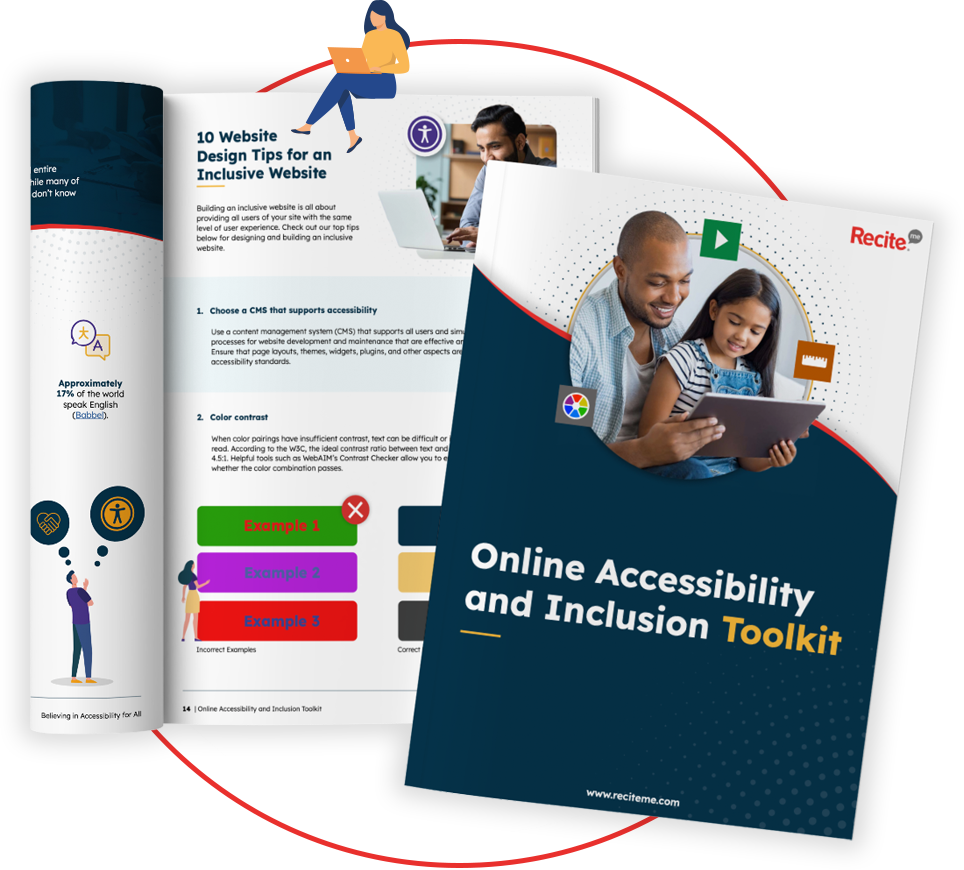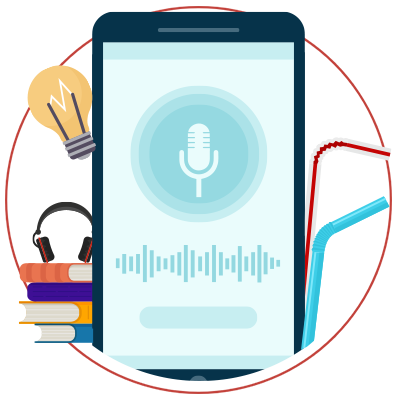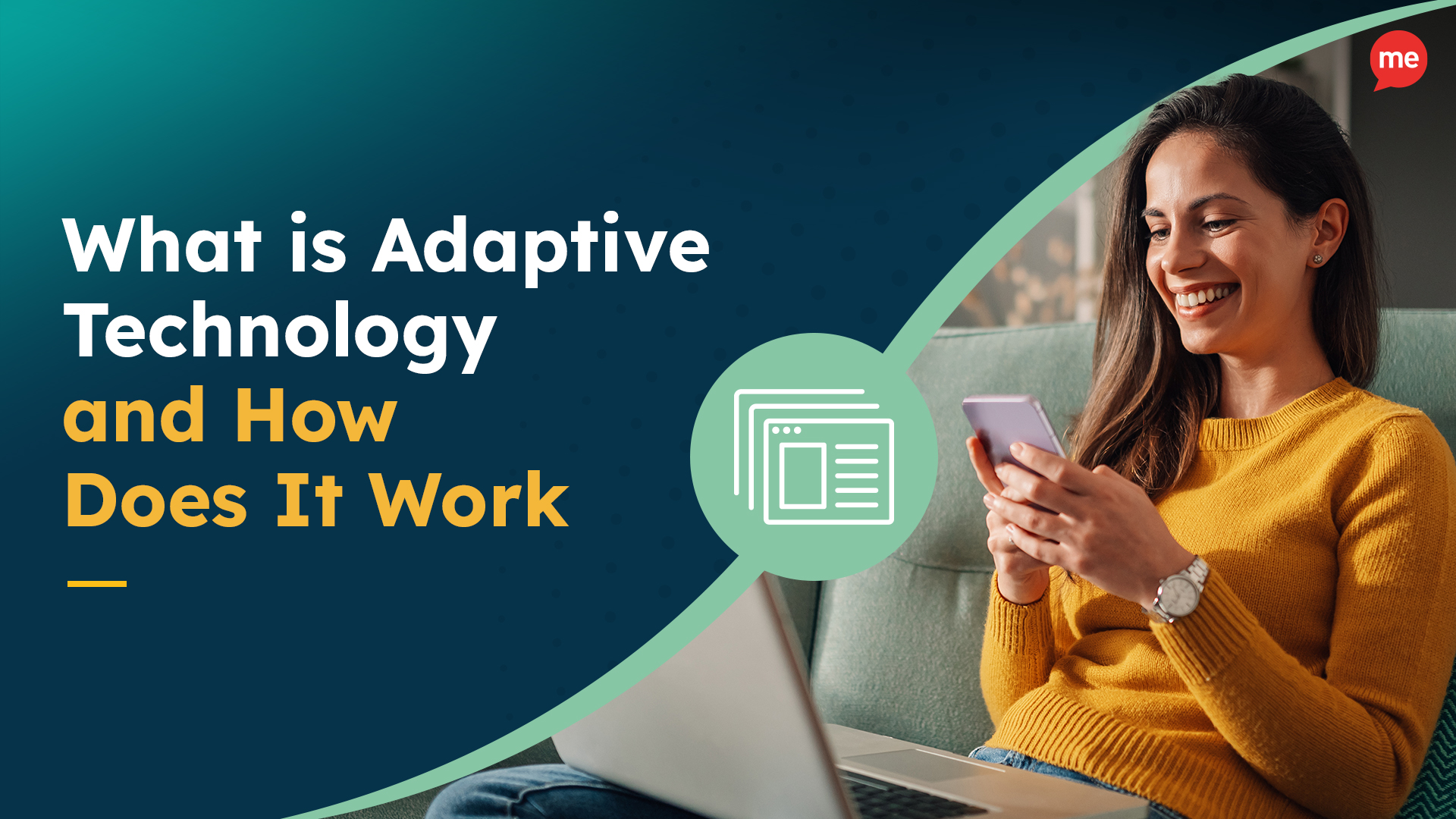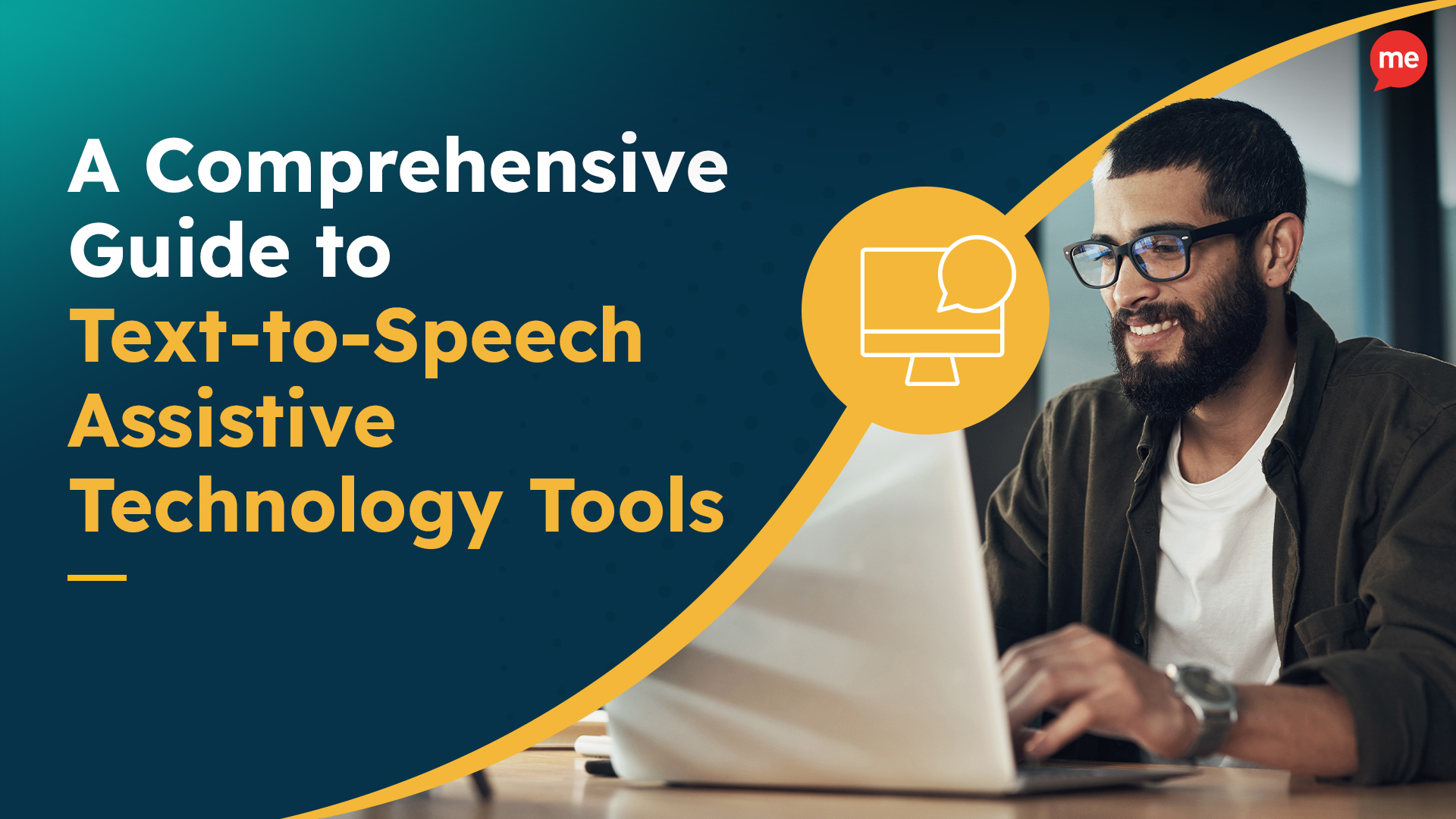It’s hard to look back at the way technology has advanced across the world and not be amazed at what we have achieved and continue to achieve, in accessibility.
But, would you believe us if Recite told you a little secret…A lot of these inventions that were created for individuals with disabilities are now everyday items that you will find at home, in an office or even in a school. So, join us, as we discover the brilliant accessibility inventions that you can find in everyday life!
Items in Question
The Electric Toothbrush
Let’s kick off this list with the electric toothbrush or should we say, the Broxodent electric toothbrush, which was Dr Philppe Guy Woog’s invention in 1954. First introduced in Switzerland, The Broxodent was helpful for those who had limited mobility & strength that and needed help brushing their gnashers. Today, they are recommended by Dentists across the world and are seen as a far superior tooth-cleaning device compared to the normal brush.
Typewriters and Keyboards
It would be a difficult task to find a household that doesn’t have a keyboard these days but this couldn’t have been possible without the creation of the typewriter. This is all thanks to the Italian mastermind Pellegrino Turri. Back in 1608, Turi saw his friend, Countess Carolina Fantoni da Fivizzano, struggle to write a letter due to being blind so Pellegrino developed the first typewriter. Technology evolved, which spawned a device called the keyboard.
Closed Captions
closed caption technology first made its appearance with NBS and ABC-TV as they began experimenting with caption transmission in 1971. A demonstration was held for the National Conference on Television for the hearing impaired, with an episode of Mod Squad captioned by Sandra Howe, an NBS employee.
Regardless if you suffer from a hearing disability or not, subtitles are becoming extremely popular for all. So much so, that Netflix produced a recent study about subtitles. According to the reports, research had shown that more than 80% of members used subtitles or closed captions at least once a month on the streaming platform! How Amazing!
Speech to text / Voice Recognition Apps
Hey, Alex- I mean, Siri! Can you tell me who is the best accessibility software company in the North East? We all know that these trusty companions had to come from somewhere. That somewhere would be Bell Laboratories, which created the “Audrey” system in 1952. This system could recognise a single voice, speaking digits aloud. In the 1990s, this would evolve into software that would allow users who were visually impaired to produce written documents and save/open them merely by speaking. In the present day, the population of an Apple Homepod or Amazon Alexa has soared sky-high as Ampere Analysis Consumer Research has reported nearly 52% of internet homes in the UK own a voice assistant device.
Audiobooks
The American Foundation is thanked for this wonder. In 1932, the group recorded book readings on vinyl records and this would allow blind individuals to hear and as a result, enjoy the beauty of a book. Fast forward to the present and 2020 brought in audiobook sales of 1.3 billion dollars across the world, increasing by 12 per cent per year. The audiobook would move on to be a massive influence in creating inclusive experiences for a person with disabilities as Jim Thatcher, an IBM Researcher and Accessibility Pioneer, would create the first screen reader in 1986.
Hold on, have you ever seen a screen reader in action? If not, take a tour of The Recite Me Accessibility Toolbar to try it out for yourselves.
Bendy Straws
Last but surely not least is the bendy straw. Whilst the straight straw made its debut in 1888, it wasn’t till the 1930s that the bendy straw would make a formal introduction. It was Joseph Friedman who would tweak the design so that his petite daughter could enjoy her milkshake at a soda fountain. Since then, hospitals have embraced the bendy straw to help bedridden patients. You can guarantee, wherever you go, someone is asking for a bendy straw!
Accessiblity Tools are for Everyone
It is a common misperception that internet accessibility toolbars are only for people with disabilities. In truth, just like the products mentioned above, accessibility tools provide benefits that extend beyond accessibility. We talk more about this on our website accessibility myth busting blog.
If a person looked around their home, they’d likely find at least one object that was designed to help people with disabilities. This may be anything from grab bars in the toilet to ergonomic keyboards designed to reduce wrist strain. In addition, nearly 80% of disabilities are hidden so why would we be the ones to presume which of our website visitors require or do not require assistive technology?
Our Solution
Recite Me’s assistive toolbar provides your website with the tools you need to be inclusive.
If a person looked around their home, they’d likely find at least one object that was designed to help people with disabilities. This may be anything from grab bars in the toilet to ergonomic keyboards designed to reduce wrist strain. In addition, nearly 80% of disabilities are hidden so why would we be the ones to presume which of our website visitors require or do not require assistive technology?
Our Solution
Recite Me’s assistive toolbar provides your website with the tools you need to be inclusive.
Online Accessibility and Inclusion Toolkit
Our Digital Inclusion Toolkit has been developed to help businesses make a real difference to the lives of the millions of people around the world who encounter online accessibility barriers. The guide includes:
- How to write an accessibility statement
- Our top tips for providing an inclusive recruitment journey
- 10 Website Design Tips for an Accessible Website
Get started today by downloading your free copy.

Frequently Asked Questions
It is the unanticipated, positive consequences of building everyday items, environments & infrastructure to be accessible for physically impaired people. The curb cut refers to curb cuts made primarily for wheelchair users but then became useful for baby prams, bikers and suitcases with wheels.
Assistive Technology is the name given to this type of technology. Assistive Technology, also known as AT, refers to goods or services that support, assist, and aid persons with disabilities to do tasks more efficiently or on their own. For instance, Xbox has created an adaptive controller that is designed for people with disabilities.
Accessibility barriers can come in the form of Architectural, Social, Physical, Information and Communications, Systemic and Technology.
Braille is a system for reading and writing for those with a vision impairment. It consists of raised dots capable of being ‘read’ by touch. A popular format of Braille is Grade 2 which uses a combination of the alphabet as well as abbreviations.







